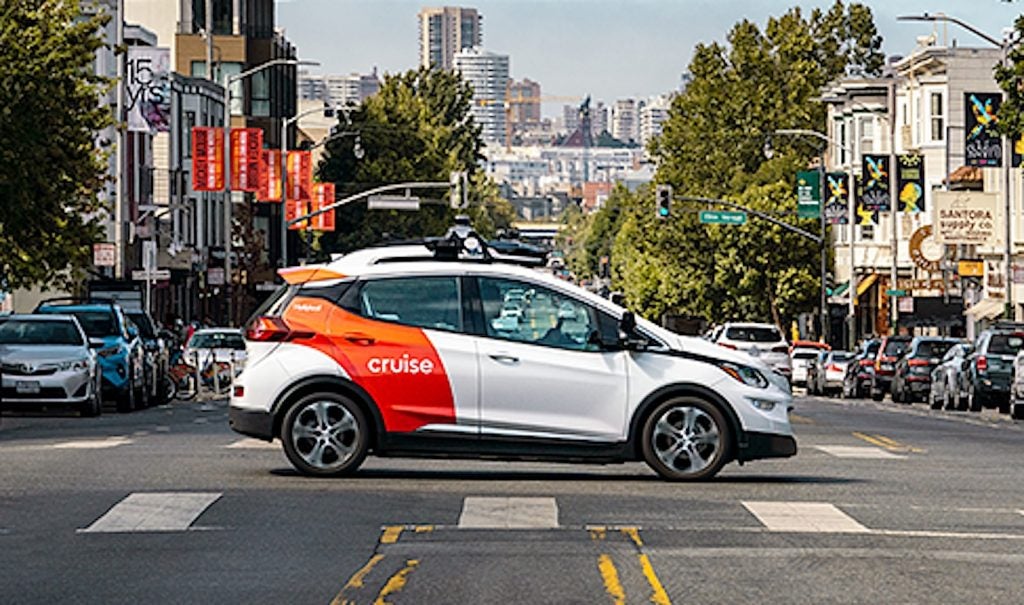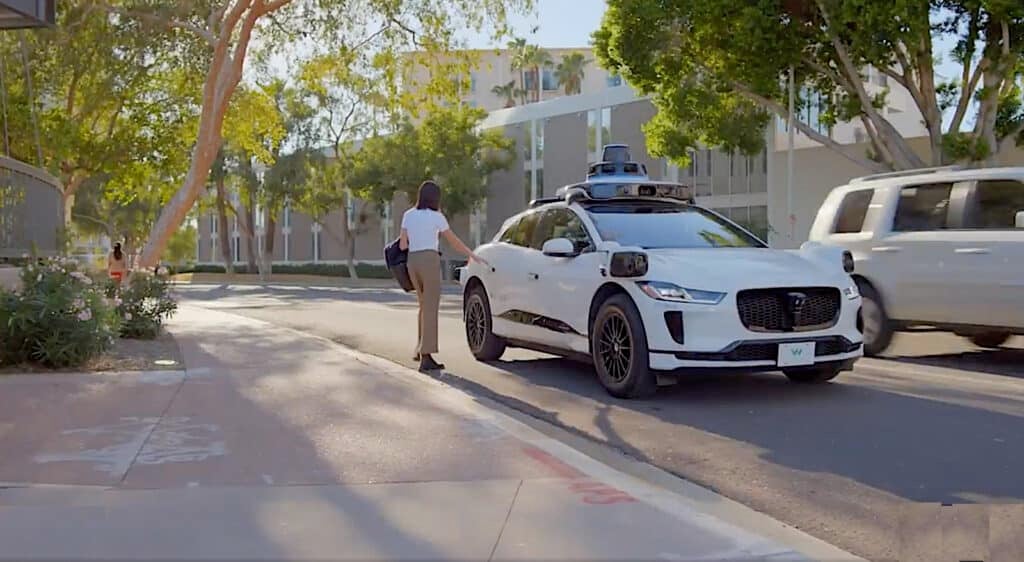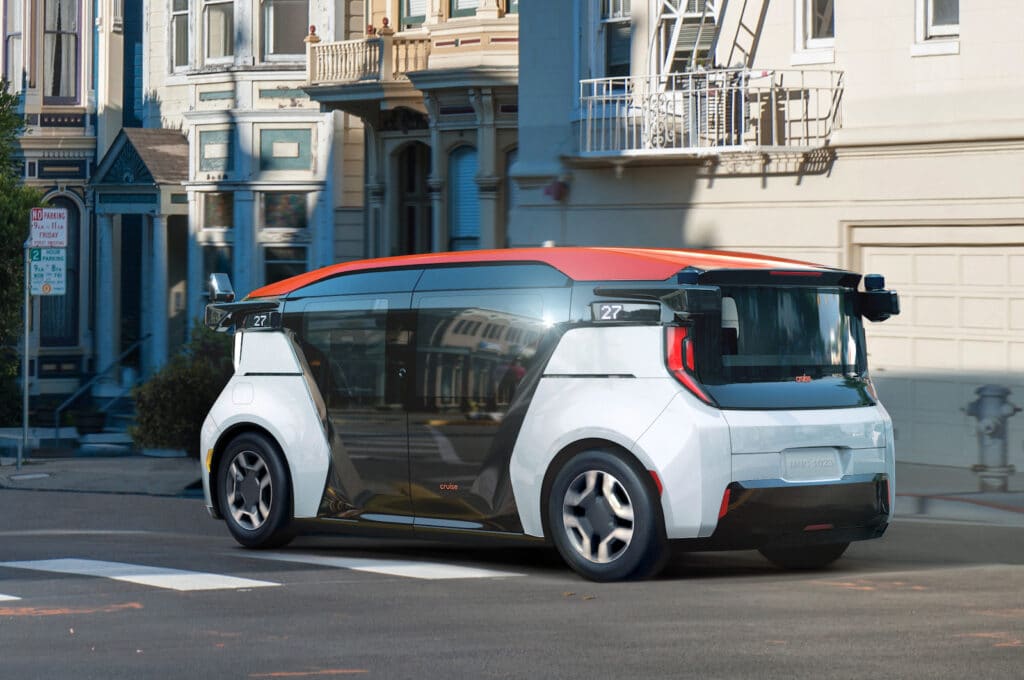Weeks after crosstown rival Ford Motor Co. bailed out of Argo AI, its autonomous vehicle project with Volkswagen, GM publicly reaffirmed its resolve to support Cruise as it expands into several new test markets.

Company officials told Reuters it plans to offer autonomous rides, as it has been in San Francisco for several months, in Austin, Texas and Phoenix, Arizona. The company will use the Chevy Bolt laden with all of the same technology as the California-based vehicles.
“You’ll likely see us expand the number of markets in a large number next year,” Cruise COO Gil West told Reuters. Cruise officials think they can replicate their success from San Francisco not only in the two new locales, but in other cities too. West said the company will use its “repeatable playbook” developed in San Francisco, Austin and Phoenix.
The company’s not alone in the area as Waymo has been running its Waymo One ride-hailing service there for more than a year now. In fact, the service uses modified Jaguar I-Pace SUVs and customers can hail a self-driving ride using the Waymo app. The app is available at the Apple App Store and through Google Play.
Waymo’s robotaxi website states, “With millions of miles driven through countless situations on public roads, and billions more in simulation, we’ve gathered incredible amounts of data and invaluable lessons to develop autonomous driving technology further than anyone else.”

The company has also stated aspirations to offer similar ride hailing services in Los Angeles and San Francisco. Its technology has been under test in 13 different states. However, state laws and regulations are inconsistent when it comes to requirements and permits for self-driving vehicles.
Additionally, Argo AI was testing driverless vehicles in both cities — until Ford Motor Co. pulled its support on the venture with Volkswagen AG, essentially dissolving the company.
Ford’s partnership with Mobileye for driver assistance technology seems to be moving forward, however. Volkswagen moved to partner with Israel-based Mobileye as well.
GM CEO Mary Barra seems undeterred by Ford’s move, which claimed it didn’t see near-term profitability in Level 4 autonomy, telling analysts earlier this month the auto company plans to spend $2 billion annually on Cruise’s ongoing expansion.

Not just more cities
The company isn’t just adding more cities to its development roster, it’s also looking to add another vehicle: the Origin. The GM-backed startup hopes to begin running its driverless and driver control-less, toaster-looking shuttles on the streets of San Francisco as soon as it gets the all clear from the California Department of Motor Vehicles.
“Cruise has submitted, and the DMV has approved, multiple permit applications in the past. We look forward to working with the DMV to facilitate the review and resolve any questions they might have,” a spokesperson told the Wall Street Journal.
No timetable for getting the Origin on the road has been announced and the California DMV doesn’t comment on applications in process. GM does hope to generate $1 billion in annual revenue from autonomy by 2025 and $50 billion by 2030.
The shuttles have room for as many as six people in them, but Cruise is already looking to demonstrate they have capabilities beyond just taking people from place to place. The company is testing a prototype fitted with lockers for goods is on Walmart’s website. Walmart, one of several well-known investors, is currently testing Cruise delivery at eight stores in Phoenix. Delivery has “the potential to be a big part of the business,” West told Reuters.
- SEO Powered Content & PR Distribution. Get Amplified Today.
- Platoblockchain. Web3 Metaverse Intelligence. Knowledge Amplified. Access Here.
- Source: https://www.thedetroitbureau.com/2022/12/cruise-expands-testing-to-two-new-cities-as-gm-grows-commitment/



